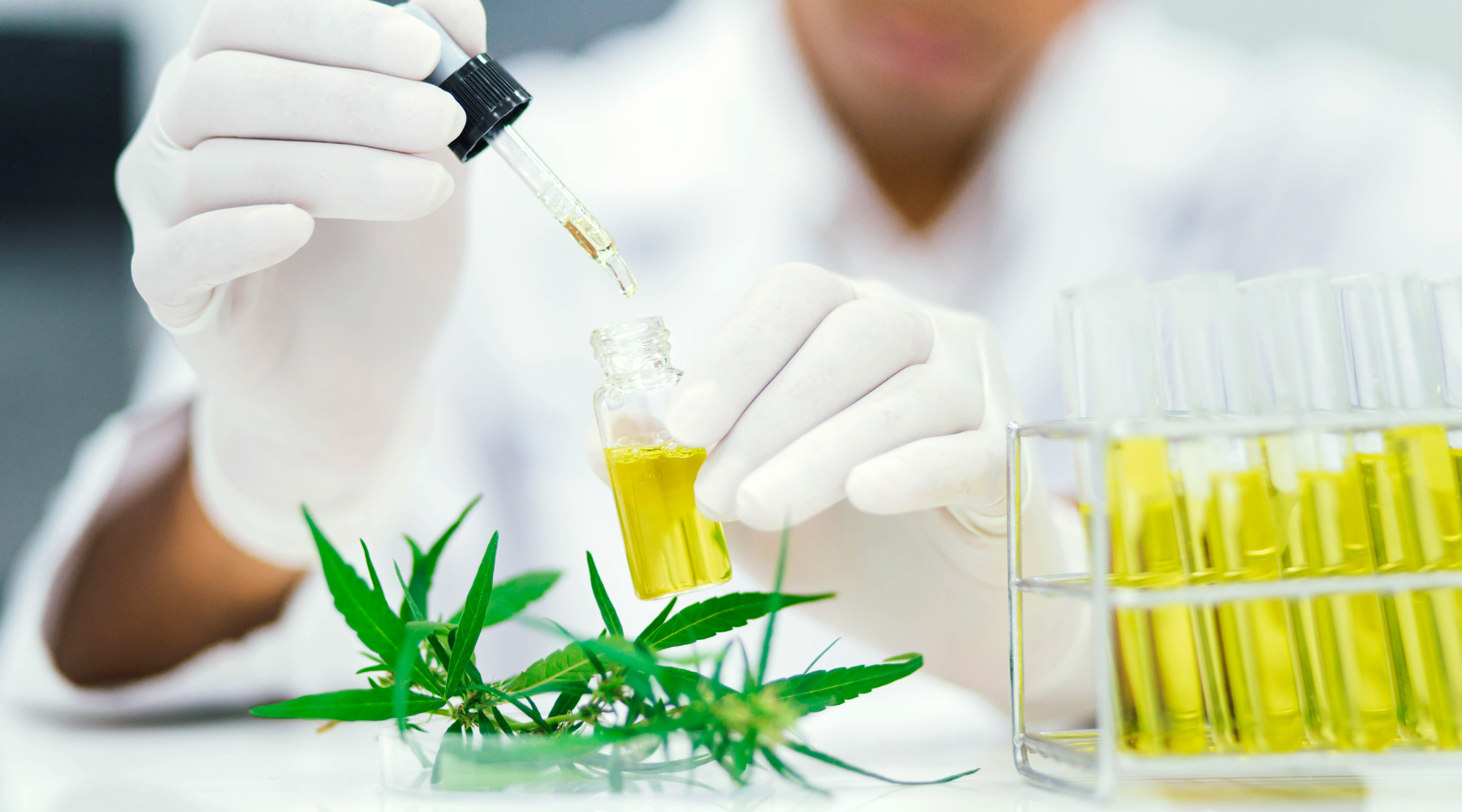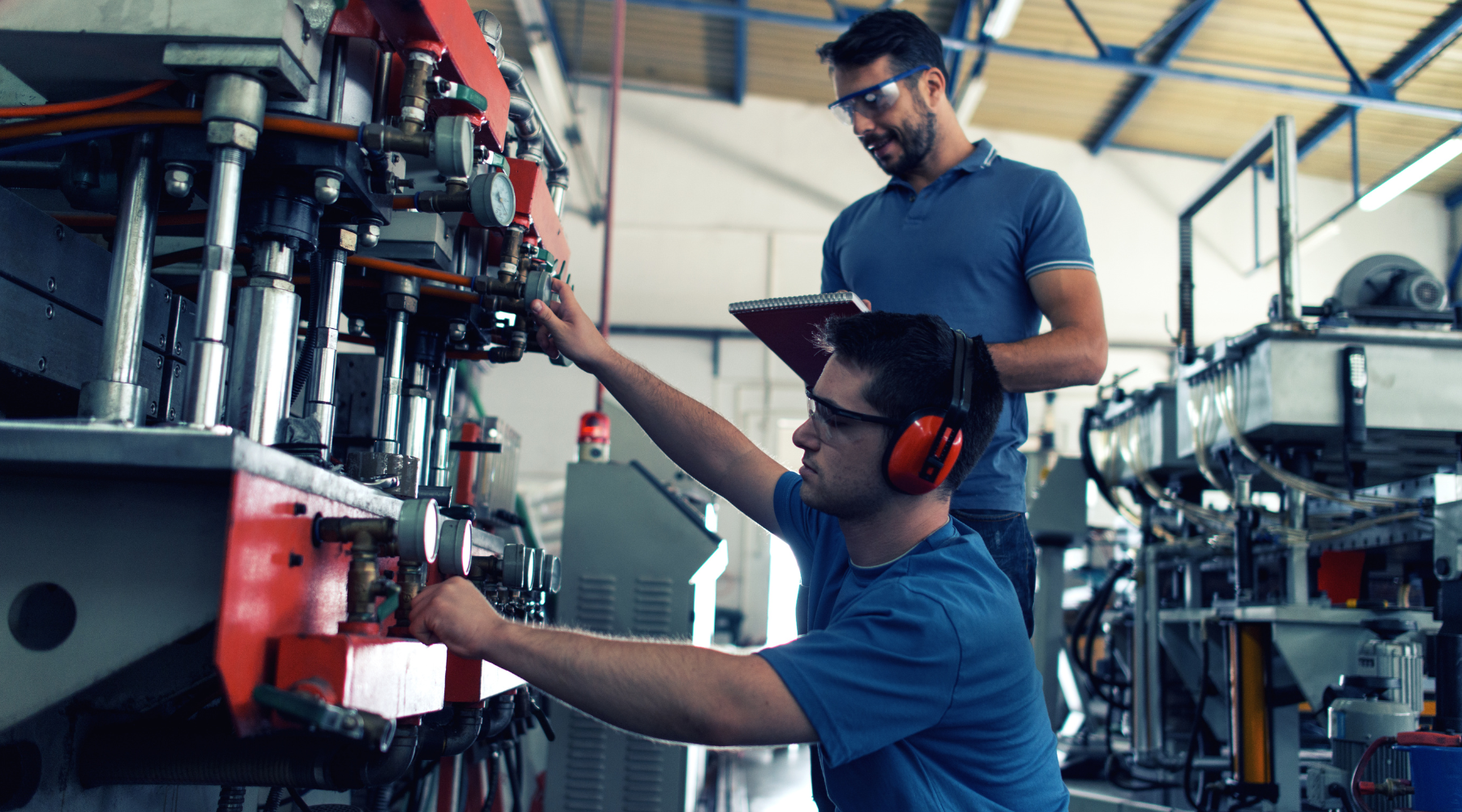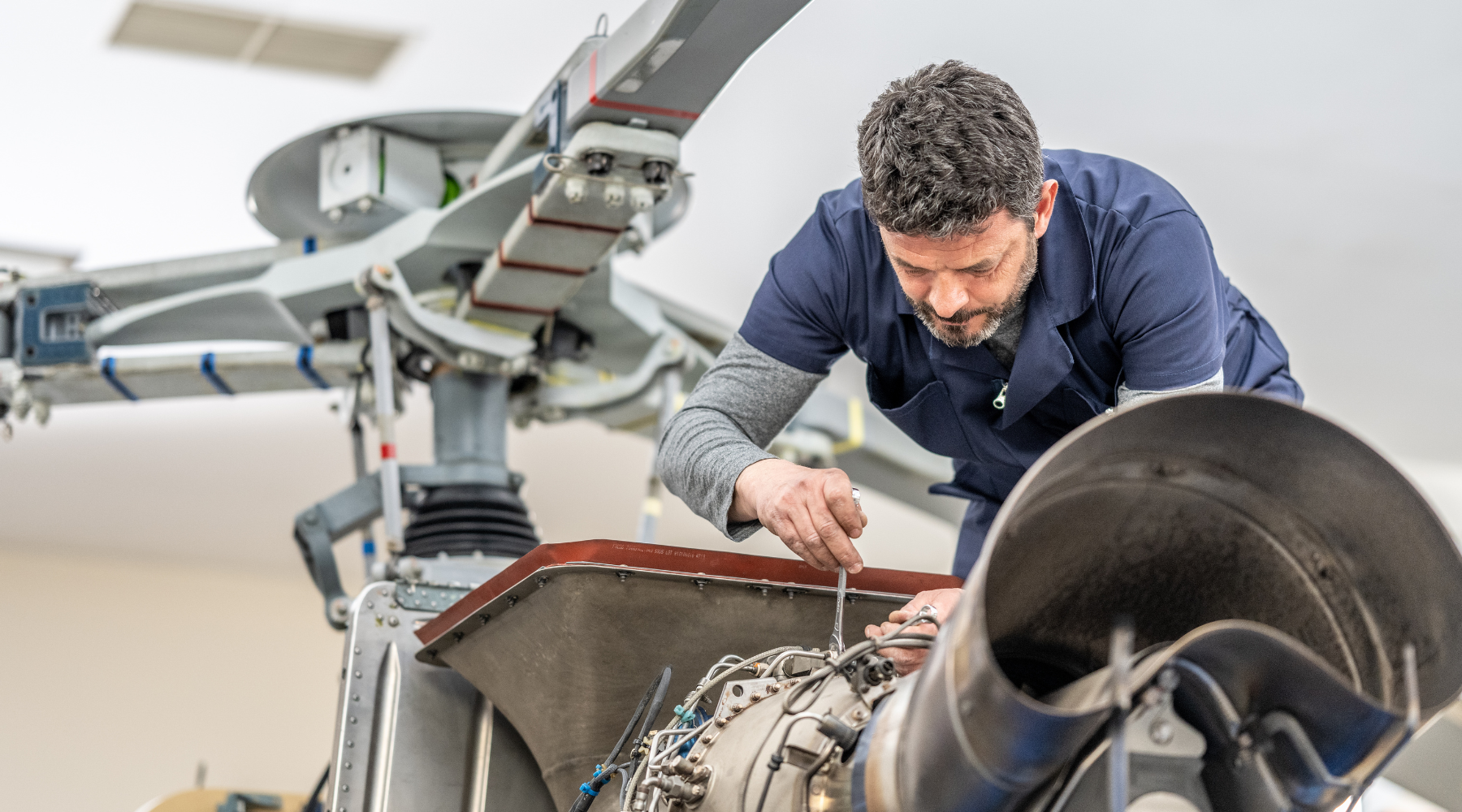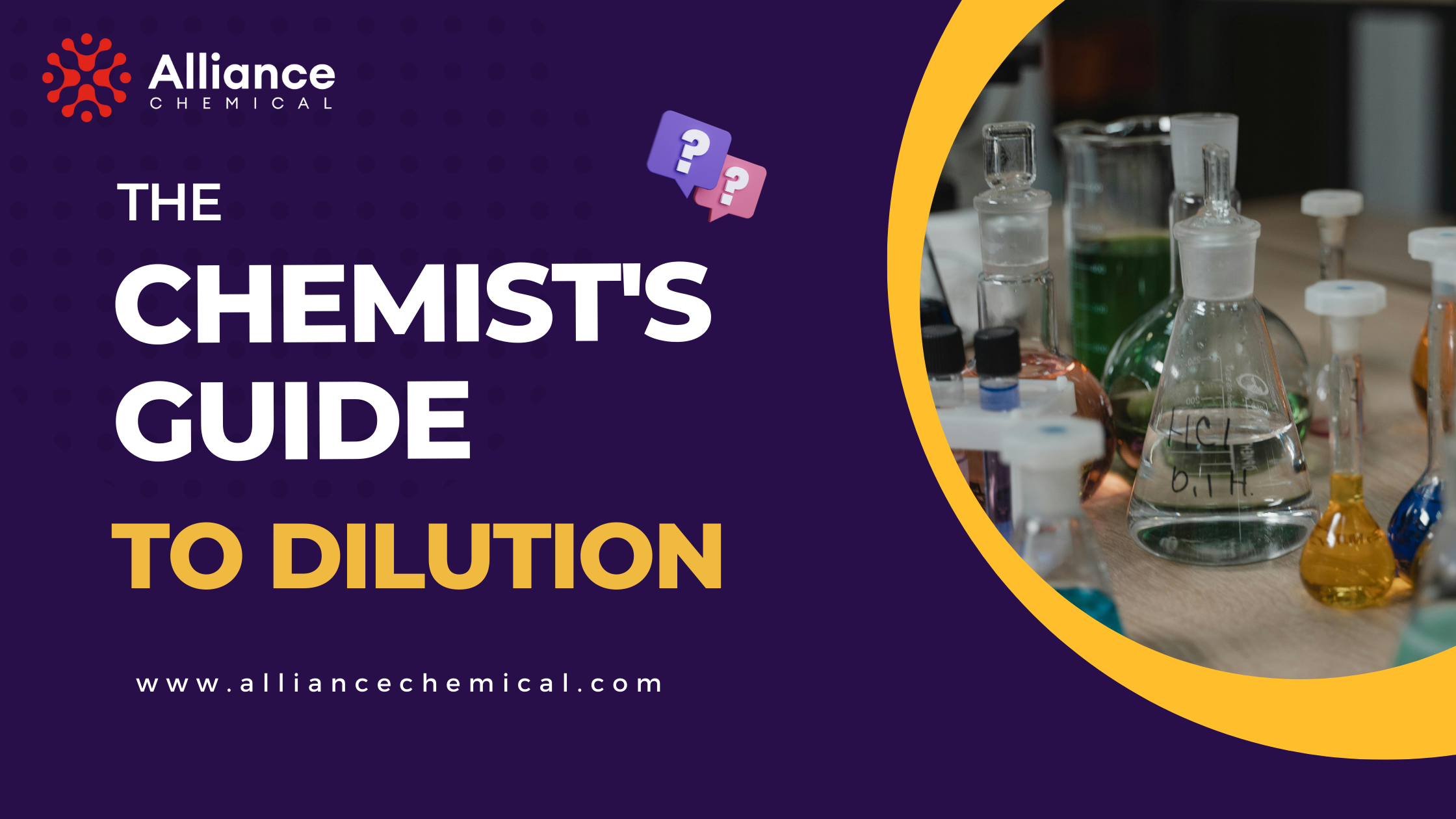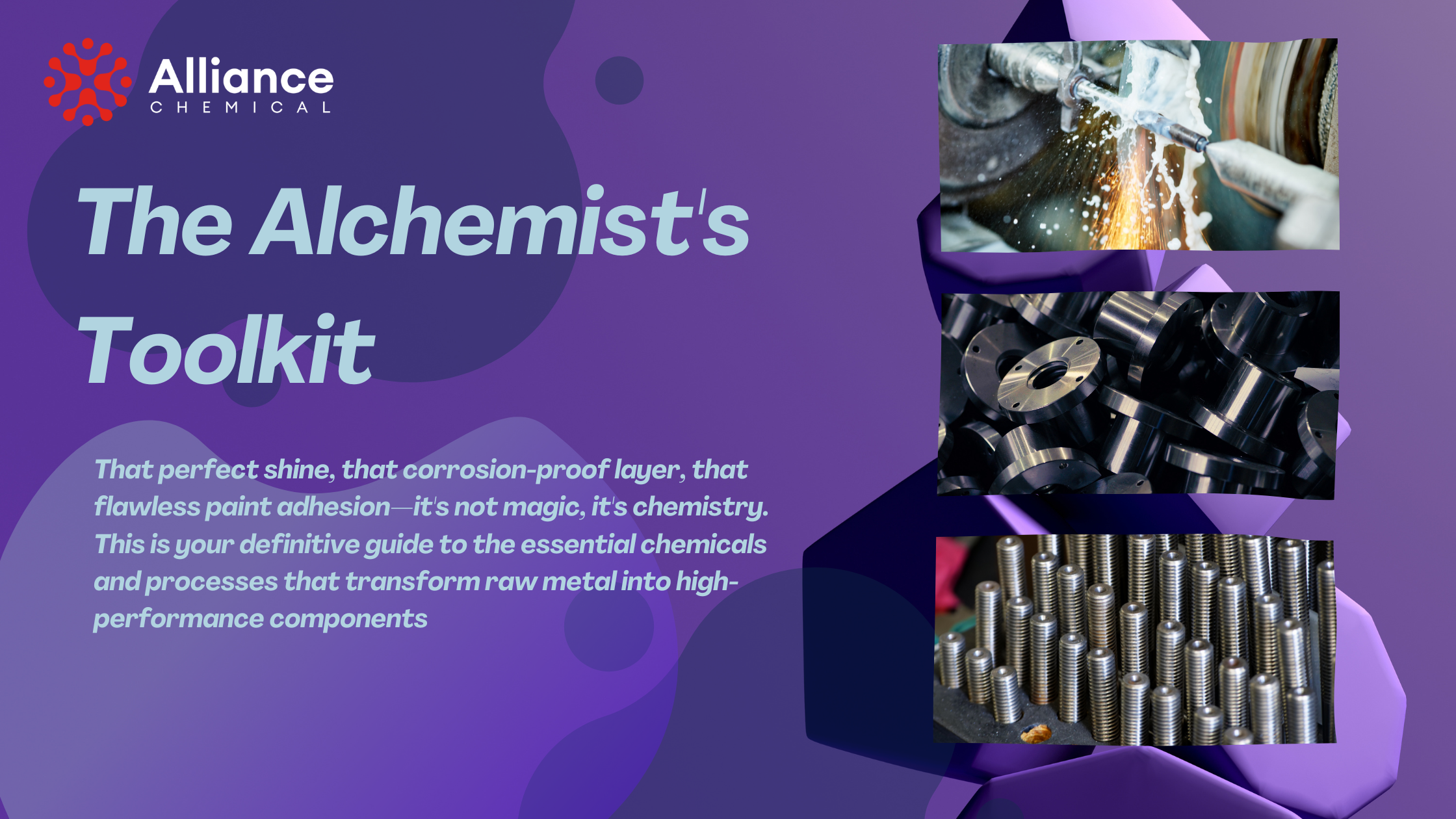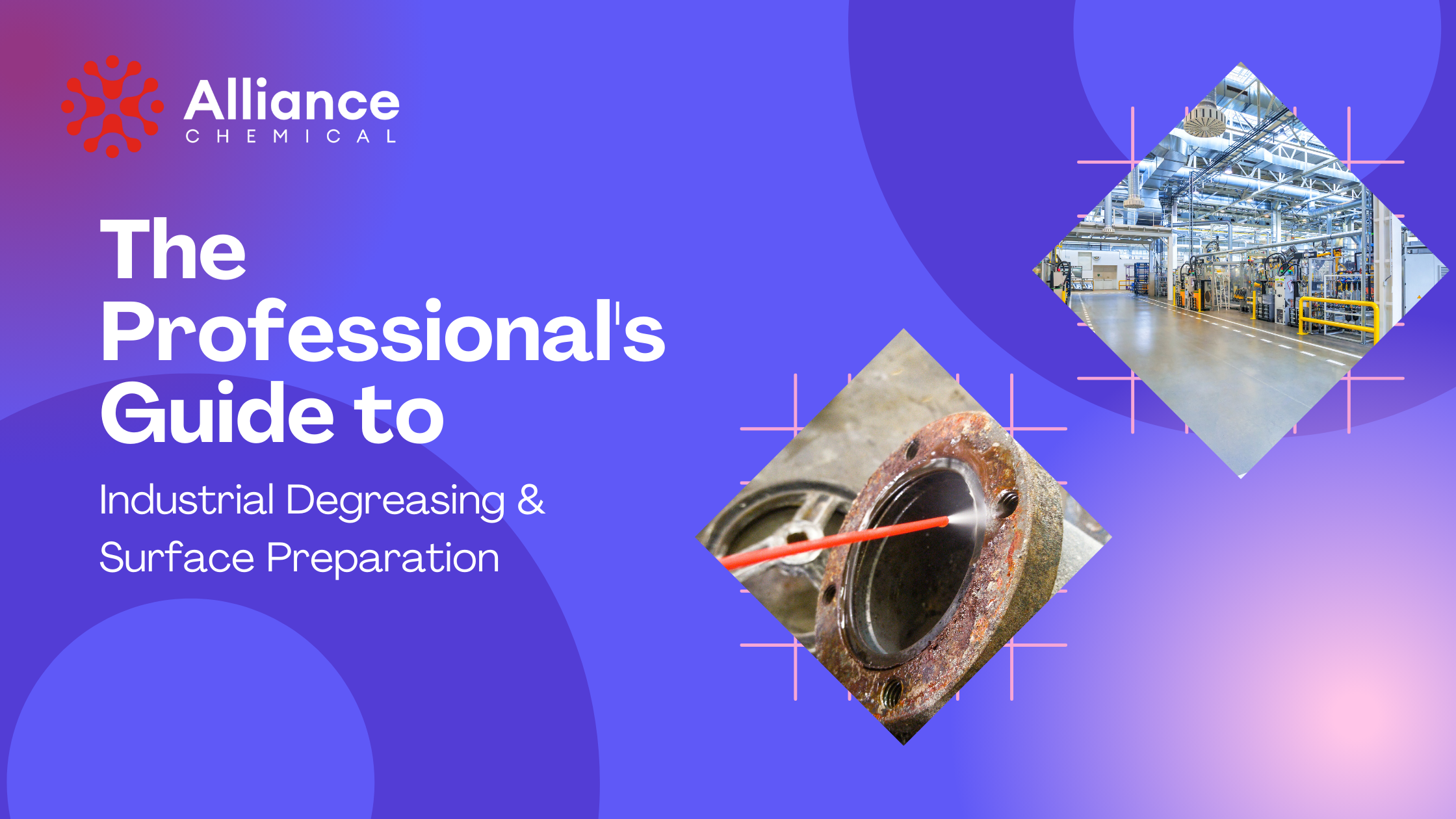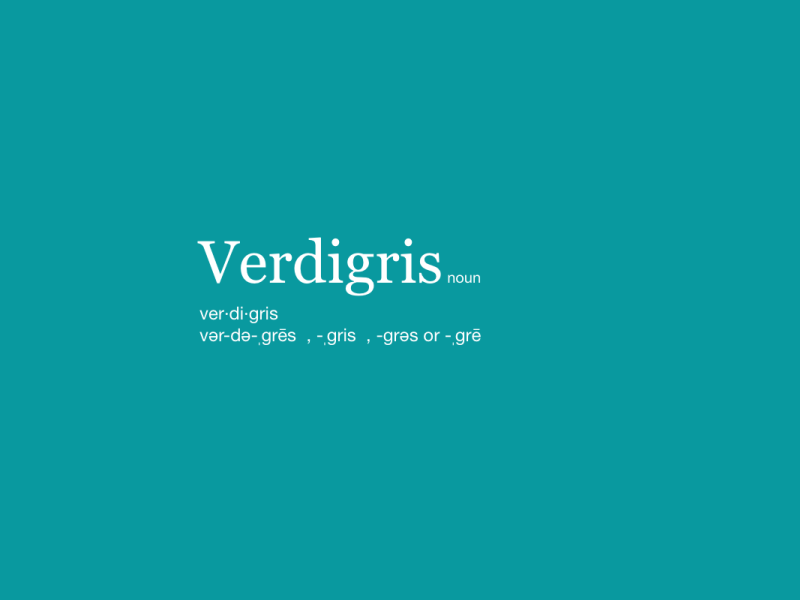
The Art and Science of Verdigris: How Acetic Acid Brings Copper to Life
Table of Contents
Summary
There is a unique magic in verdigris, the vibrant blue-green patina that adorns ancient bronzes and Renaissance paintings. More than just a color, it is a chemical transformation, a controlled corrosion that bridges the gap between science and art. For centuries, artists and alchemists have harnessed the power of Acetic Acid to coax this stunning pigment from copper. This definitive guide explores the rich history and deep science of verdigris, provides detailed, step-by-step procedures for its creation, and covers the critical safety protocols for working with these potent materials.
A Journey Through Time: The History of Verdigris
The name "verdigris" comes from the Old French verte grez, meaning "green of Greece." It was one of the earliest synthetic pigments, with recipes for its creation appearing in the writings of Pliny the Elder in ancient Rome. Artists would expose copper plates to the fumes of fermenting grapes (a source of acetic acid) to produce the coveted pigment.
Throughout the Middle Ages and the Renaissance, it was the most vibrant green available to artists. However, it was also notoriously unstable, particularly in oil mediums, and could degrade or darken over time—a fact lamented by Leonardo da Vinci. Despite this, its unparalleled brilliance ensured its place in the artist's palette until the 19th century saw the development of more stable synthetic greens like Viridian and Emerald Green. Today, artists have revived the ancient techniques, drawn to the organic beauty and unpredictable nature of authentic, handmade verdigris.
The Chemistry of Controlled Corrosion
Verdigris is not a single chemical compound, but rather a family of copper(II) acetates. Its creation is a fascinating example of controlled corrosion, where an acid is used to intentionally oxidize a metal.
The Role of Acetic Acid
The key reactant is Acetic Acid (CH₃COOH), the active component of vinegar. When copper metal is exposed to oxygen and acetic acid vapors, a complex series of reactions occurs. The acid dissolves the initial layer of copper oxide, allowing for further reaction with the underlying copper metal.
This process forms a mixture of copper acetates. The exact shade, from a deep blue-green to a brighter turquoise, depends on the precise chemical composition (the ratio of acetate, hydroxide, and water molecules in the final crystal), which is influenced by factors like humidity, temperature, and the concentration of the acid.
A Practical Guide to Creating Verdigris
There are two primary methods for creating verdigris: the vapor (fuming) method and the direct application method. Both require strict adherence to safety protocols.
Method 1: The Traditional Vapor Process (Fuming)
This method produces a fine, crystalline pigment ideal for making paint.
- Preparation: Thoroughly clean and degrease copper plates or scraps with steel wool and a solvent like Isopropyl Alcohol.
- The Fuming Chamber: Pour a shallow layer of Glacial Acetic Acid or a strong vinegar (like our 50% Vinegar) into the bottom of a large, sealable glass or plastic container.
- Suspension: Suspend the copper pieces inside the container, ensuring they do NOT touch the liquid. You want them to be exposed only to the concentrated acid vapors. This can be done by hanging them from a non-reactive (plastic or glass) rod across the top of the container.
- Patience: Seal the container and place it in a warm, stable location for several days to weeks. Over time, a beautiful, fluffy, blue-green crystal growth will appear on the surface of the copper.
- Harvesting: Once a sufficient amount of verdigris has formed, carefully remove the copper and gently scrape the delicate crystals onto a glass plate.
Method 2: Direct Application for Patinas
This method is ideal for creating a patina directly on a copper or bronze object.
Pro Recipe: Patination Solution
- In a glass container, create a saturated solution by dissolving as much salt (sodium chloride) as you can into a small amount of warm water.
- In a separate, larger container, mix one part of your salt solution with four parts of 30% Vinegar.
- Gently heat the copper or bronze object with a torch or heat gun until it's warm to the touch (not red hot).
- Using a spray bottle or a brush, apply the solution to the warm metal. It will sizzle and react. Re-heat and re-apply in thin layers until the desired depth of color is achieved.
From Crystal to Color: Processing Your Pigment
The raw, scraped verdigris crystals are not yet ready to be used as a paint pigment. They must be processed through levigation.
Levigation is the process of grinding a substance into a fine powder in the presence of a liquid.
- Place the harvested verdigris crystals on a thick glass slab.
- Add a small amount of distilled water.
- Using a glass muller, grind the crystals in a circular motion. The water will prevent the fine, toxic dust from becoming airborne.
- Continue grinding until you have a smooth, fine paste. This paste can then be allowed to dry into a pigment cake or mixed directly with a binder (like linseed oil for oil paint or egg yolk for tempera) to create paint.
MANDATORY Safety Protocols for Verdigris Production
You are working with a corrosive acid and creating a toxic heavy metal compound. Safety is paramount and non-negotiable.
- Respiratory Protection: Acetic acid fumes are highly irritating. Verdigris dust is TOXIC if inhaled. A NIOSH-approved respirator with cartridges for both acid gas and particulates (P100) is mandatory.
- Personal Protective Equipment (PPE): Always wear chemical-resistant gloves, splash-proof safety goggles, and a full-face shield. An apron is essential to protect clothing.
- Ventilation is Critical: All steps—from pouring the acid to grinding the pigment—must be performed outdoors or in a space with active, high-volume mechanical exhaust ventilation, like a chemical fume hood.
- Contamination and Disposal: Designate tools specifically for this process. Everything that touches the verdigris is now contaminated with a toxic heavy metal. Dispose of all waste (spent acid, contaminated paper towels, etc.) as hazardous waste according to local regulations.
